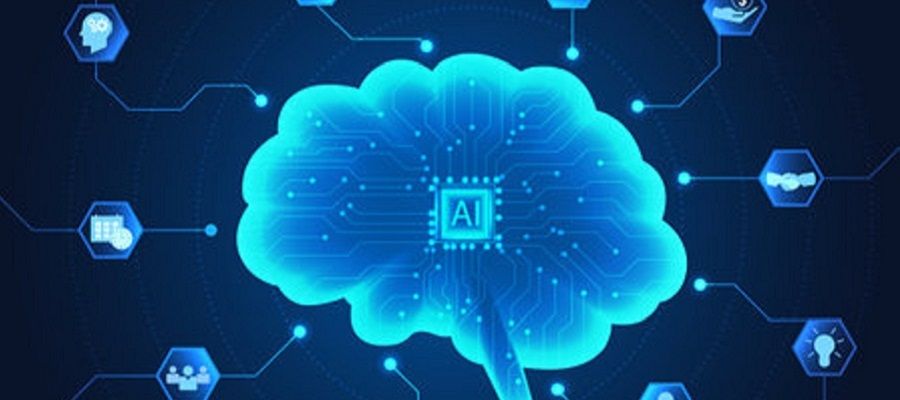
The Opportunities of Artificial Intelligence
Our colleagues at the University of Central Florida have recently posted to TOPkit an article on AI opportunities in education that presents considerations for approaching AI as a tool that can be leveraged for learner engagement.
A summary of the article is provided below, along with some additional resource links and videos.
____________________________
Integrating artificial intelligence in education requires a thorough understanding of the technologies as well as careful consideration of ethical issues to ensure safety and privacy. It is essential to develop and deploy AI-powered educational tools and platforms in a manner that promotes equal opportunities, respects diversity, and safeguards against discriminatory practices. While opportunities to enhance the educational experience with AI are increasing, policymakers and educators need to ensure that instructors use AI responsibly and for the benefit of all students.
Course Design: Artificial intelligence can be incorporated into the curriculum to serve as a valuable support system for students who require accommodation. Providing personalized assistance and addressing individual needs by leveraging the power of AI in education can create innovative approaches that empower both educators and learners.
Example: At Harvard, students enrolled in Computer Science 50: Introduction to Computer Science are encouraged to use AI to help them debug code, give feedback on their designs, and answer individual questions about error messages and unfamiliar lines of code.
Harvard’s New Computer Science Teacher is a ChatBot.
Content Delivery: Virtual reality can provide alternative forms of content delivery and artificial intelligence can transform the content into a variety of formats. This diversity in content delivery helps maintain engagement and increase learner retention.
Example: An avatar is employed to deliver a presentation on The Integration of Artificial Intelligence and Virtual Reality in Modern Classrooms.
Instructional Design: As instructional designers continually assess essential skills, AI is reshaping routine tasks like content creation and data analysis through automated processes. AI can be used to personalize learning and predict learner performance. Instructional designers need to understand AI capabilities and the growing need for data literacy.
Example: The video, Adapting to the AI Revolution: Evolving Roles and Responsibilities of Instructional Designers, delves into how IDs can adapt and thrive in the changing landscape of education and technology.
____________________________
For Further Exploration:
Implementation of AI in Online Teaching and Learning